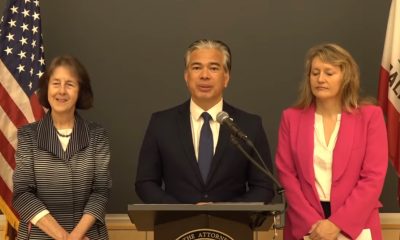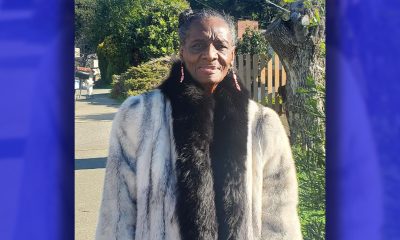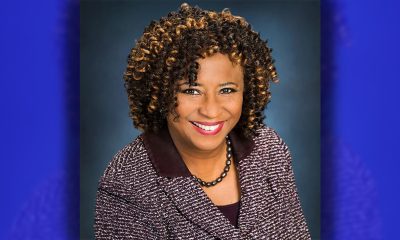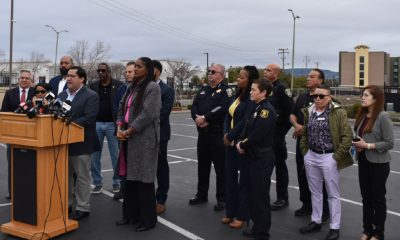City Government
Council Members Kill Police Accountability Measure
A push by a community coalition asking the Oakland City Council to put a police accountability commission measure on the November ballot was always a long shot.
As a result, members of the coalition were disappointed but not discouraged this week when the measure died at the council’s Public Safety Committee, supported only by the committee’s chairperson, District 5 Councilmember Noel Gallo.
“This is a World Series, and that was only game one,” said Rashidah Grinage, executive director of People United for a Better Life in Oakland (PUEBLO) and a leader of the community coalition.
Coalition groups, according to Grinage,
always knew that resistance from the police union and some members of the council meant that a petition drive to put a charter amendment on the ballot in 2016 was more likely to be successful.
But they decided to try the shorter route because two years is a long time to wait for police reform, and OPD backsliding may become an issue when federal court oversight ends in the near future.
What makes a police accountability commission so crucial, say its supporters, is the proven failure of the city to hold officers accountable for serious offenses against local citizens.
These failures have cost Oakland more than $58 million in police misconduct civil awards in the past decade. Further, OPD has remained under federal court control for more than 11 years, though compliance with the requirement that the department institute constitutional policing practices was supposed to be achieved within five years.
The accountability measure proposes to create a commission, made up of residents appointed by the mayor and council members, which would take over the City Administrator’s authority to oversee OPD.
According to the measure’s backers, Oakland’s consistent failure to punish police misconduct can be traced to the City Administrator s overly cozy relationship with the police department and a resulting unwillingness to initiate or uphold discipline against individual officers.
Speaking at the Public Safety meeting, Councilmembers Libby Schaaf and Lynette McElhaney said the council needs more time to consider and revise the measure before sending it to the ballot.
McElhaney said she was working hard to develop and pass a measure in November that will be the successor to Measure Y, the $22 million public safety tax that funds over 50 police officers and a number of youth programs.
“This (police measure) requires the same kind of diligence,” McElhaney said. “I think we owe that to everyone. There are things to that need to be considered. There are numerous questions.”
If people rush ahead without sufficient deliberation, the results can be disappointing, she said. “We (may) think that we’re going to fix something… and it ends up being heartbreaking.”
“I’m not prepared to move this up to the council,” said Schaaf. “Far too many questions have been raised.”
She said she would like the measure to be discussed again by Public Safety, “perhaps in the fall.”
Dan Kalb said he supports the idea of citizen oversight of the police, but “the devil is in the details.”
“This is something we really want to see this year, he said, adding that the measure might have a good chance of winning if it makes the 2016 ballot, a presidential election year. “ I hope we’re going to get there.”
Responding to his colleagues, Gallo argued that council members were not being called upon to agree with the measure but to pass it forward so that Oakland voters can decide.
“The reason I entertained (this measure) is not because I agreed with everything,” Gallo said. “My job is to facilitate. What we have has not worked.”
“I hear that people lack confidence in the City Council and police officers,” he said. “This city has been dysfunctional for a long, long, long time.”
Council President Pat Kernighan attended the meeting to offer, she said, “a different perspective.”
The measure’s supporters place “too much emphasis on the last five to 12 years,” Kernighan said. “We need to acknowledge when progress is being made. We are finally moving forward, and I think we have to give it a chance.”
Asked his position on the measure, Police Chief Sean Whent said, “I don’t think it’s proper for me to take a position one way or another on this.
“I would agree there needs to be (police accountability). I agree that police should be held to a higher standard,” he said, adding that, “We have made significant progress.”
Civil rights attorney and mayoral candidate Dan Siegel, who attended the Tuesday meeting, told the Post he believes the council should have let the measure go to the voters.
“I’m really frustrated with members of the council, particularly Councilmember Schaaf, for keeping the people of Oakland from have an opportunity to vote on this thing. It doesn’t mean they have to agree with it.”
“I guess (some) people don’t want to upset the OPOA (Oakland Police Officers Association) and don’t want to take a strong position to make sure the police department is accountable.”
City Government
LAO Releases Report on Racial and Ethnic Disparities in California Child Welfare System
Racial inequalities in California’s child welfare system disproportionately impact poor Black and Native American children, according to a report released April 3 by the nonpartisan Legislative Analyst’s Office (LAO). The report, which was presented to the Assembly Subcommittee No. 2 on Human Services — chaired by Assemblymember Corey Jackson (D-Moreno Valley) — states that the proportion of low-income Black and Native American children in foster care is four times larger than other racial and ethnic groups in the state.

Racial inequalities in California’s child welfare system disproportionately impact poor Black and Native American children, according to a report released April 3 by the nonpartisan Legislative Analyst’s Office (LAO).
The report, which was presented to the Assembly Subcommittee No. 2 on Human Services — chaired by Assemblymember Corey Jackson (D-Moreno Valley) — states that the proportion of low-income Black and Native American children in foster care is four times larger than other racial and ethnic groups in the state. Half of the children from each racial group has experienced some level of child welfare involvement before reaching legal age.
Jackson is a member of the California Legislative Black Caucus.
“Racial and ethnic disproportionality and disparities are present within initial allegations and persist at all levels of the system — becoming the most pronounced for youth in care,” the report states.
The disparities have persisted over the last decade across the state, the LAO found, adding that Black children living in poverty are more likely to enter foster care. State data shows that there is a correlation between poverty and foster placement in each county.
“Throughout all levels of the child welfare system, families experiencing poverty are more likely to come to the attention of and be impacted by the child welfare system,” stated the report.
Overall, the report revealed that more than half of the families affected by the state child welfare system earn $1,000 per month, significantly less than the national average of $5,000 a month.
The financial disparities highlighted in the LAO report align with existing research indicating that poverty is among the main factors contributing to the likelihood of child maltreatment. State anti-poverty programs include cash aid, childcare subsidies, supportive housing, and nutrition assistance.
California Black Media
Commentary: Finding the Right Balance — Addressing Organized Retail Theft While Upholding Civil Liberties
Organized retail theft is a significant issue that impacts both consumers and businesses. While it is crucial to address theft and protect businesses from losses, we should also be mindful of safeguarding individuals’ constitutional rights, particularly the right to due process. AB 1990 by Assemblymember Wendy Carrillo, also known as the STOP Act, raises concerns about the balance between addressing theft effectively and ensuring civil liberties are upheld.
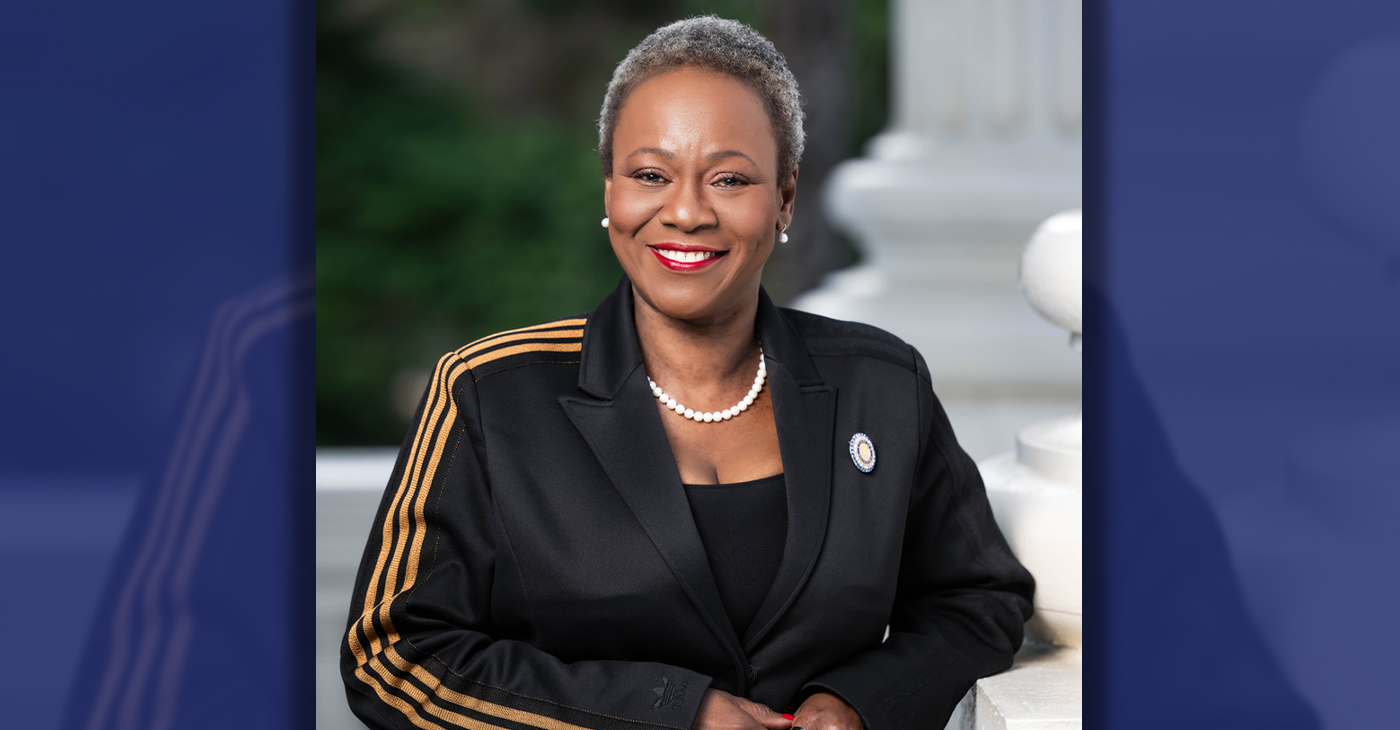
By Assemblymember Tina McKinnor | Special to California Black Media Partners
Organized retail theft is a significant issue that impacts both consumers and businesses. While it is crucial to address theft and protect businesses from losses, we should also be mindful of safeguarding individuals’ constitutional rights, particularly the right to due process.
AB 1990 by Assemblymember Wendy Carrillo, also known as the STOP Act, raises concerns about the balance between addressing theft effectively and ensuring civil liberties are upheld. This bill allows law enforcement officers to make warrantless arrests for shoplifting offenses not witnessed by the officer, as long as there is reasonable cause to believe the individual committed the crime. This bill has a dangerous potential for overreach and infringes on civil liberties, particularly the right to due process.
While the stated intention behind the STOP Act is to combat organized retail theft and protect businesses, there are valid concerns that this bill is an overreach and that existing law works, if properly enforced by our partners in law enforcement. A petty theft involving property stolen valued at $950 or less may be charged as a felony or misdemeanor (called a wobbler) if the offender has the following prior convictions: 1) at least on prior petty or theft-related conviction for which a term of imprisonment was served, and 2) a prior conviction for a serious or violent offense, for any registerable sex offense, or for embezzlement from a dependent adult or anyone over the age of 65. A misdemeanor can result in a sentence of up to one year in jail, whereas a felon can mean incarceration for 16 months, two years or three years. Let’s look at shoplifting in California. It occurs when a suspect enters a store, while that establishment is open, intending to steal property worth less than $950. The crime is considered a misdemeanor, punishable by up to six months in the county jail.
Granting officers the authority to arrest individuals based on reasonable cause, without witnessing the crime firsthand, can lead to negative consequences and possible violations of individual rights. Probable cause is the legal standard by which police authorities have reason to obtain a warrant for the arrest of a suspected criminal and for the courts to issue a search warrant. A grand jury uses the probable cause standard to determine whether or not to issue a criminal indictment. The principle behind the probable cause standard is to limit the power of authorities to conduct unlawful search and seizure of a person or its property, and to promote formal, forensic procedures for gathering lawful evidence for the prosecution of the arrested criminal. Reasonable cause does not require any of this due process and only requires that an officer reasonably believes that a crime has been committed. It is essential to find a middle ground that effectively addresses organized retail theft without compromising the fundamental rights of individuals.
California’s current laws, including the use of witness statements and surveillance evidence are sufficient for addressing suspected shoplifting and organized retail theft. California Attorney General Rob Bonta recently prosecuted Michelle Mack, a suspected organized smash and grab ringleader who paid twelve women to travel around California and commit over $8 million in retail theft at 21 different stores. AG Bonta used California’s current laws to have the suspect arrested and brought to justice.
The State of California is also making significant investments to address retail theft. Just this past year California invested an additional $267 million to combat organized retail theft. It has been less than a year and our law enforcement partners should have the opportunity to address this recent spike in retail theft crime.
Los Angeles County recently applied for and received a grant for the State of California for $15.6 million dollars to address retail theft enforcement. LA District Attorney George Gascon also recently formed an organized retail task force that partners with LA County Sheriff’s Department, Glendale, Beverly Hills, Burbank, Torrance and Santa Monica Police Departments to integrate their response to retail theft across the region. These collaborative efforts, such as those seen in initiatives like the organized retail task force in LA County, demonstrate the importance of a united approach to tackling theft while maintaining a balance between enforcement and civil liberties.
As we move forward, it is essential for policymakers, law enforcement agencies, businesses and communities to work together in finding solutions that effectively address organized retail theft without encroaching on individual rights. Ongoing evaluation and a commitment to thoughtful consideration will be crucial in navigating this challenge and fostering a safe and prosperous environment for all. Balancing the scales of justice to protect businesses while upholding civil liberties demands a comprehensive and conscientious approach from all stakeholders involved.
I am confident we can find that balance.
About the Author
Assemblymember Tina McKinnor (D-Inglewood) represents the 61st District in Los Angeles County, which includes parts of the South Bay, Inglewood, Hawthorne and Lawndale.
Activism
Oakland Post: Week of April 10 – 16, 2024
The printed Weekly Edition of the Oakland Post: Week of April 10 – 16, 2024
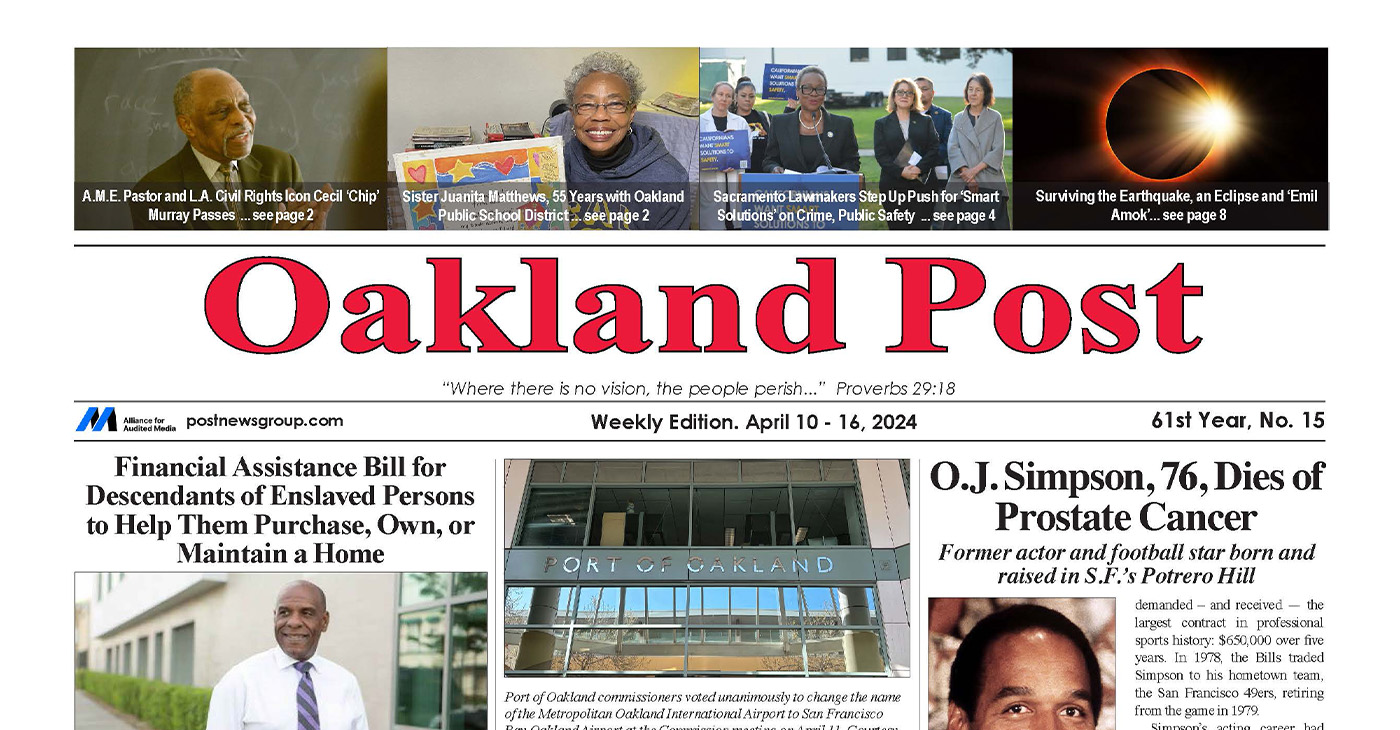
To enlarge your view of this issue, use the slider, magnifying glass icon or full page icon in the lower right corner of the browser window. ![]()
-

 Activism4 weeks ago
Activism4 weeks agoOakland Post: Week of March 20 – 26, 2024
-

 #NNPA BlackPress3 weeks ago
#NNPA BlackPress3 weeks agoCOMMENTARY: D.C. Crime Bill Fails to Address Root Causes of Violence and Incarceration
-

 #NNPA BlackPress3 weeks ago
#NNPA BlackPress3 weeks agoMayor, City Council President React to May 31 Closing of Birmingham-Southern College
-

 #NNPA BlackPress3 weeks ago
#NNPA BlackPress3 weeks agoFrom Raids to Revelations: The Dark Turn in Sean ‘Diddy’ Combs’ Saga
-

 #NNPA BlackPress3 weeks ago
#NNPA BlackPress3 weeks agoCOMMENTARY: Lady Day and The Lights!
-

 #NNPA BlackPress3 weeks ago
#NNPA BlackPress3 weeks agoBaltimore Key Bridge Catastrophe: A City’s Heartbreak and a Nation’s Alarm
-

 #NNPA BlackPress3 weeks ago
#NNPA BlackPress3 weeks agoBaltimore’s Key Bridge Struck by Ship, Collapses into Water
-

 Activism3 weeks ago
Activism3 weeks agoOakland Post: Week of March 27 – April 2, 2024







